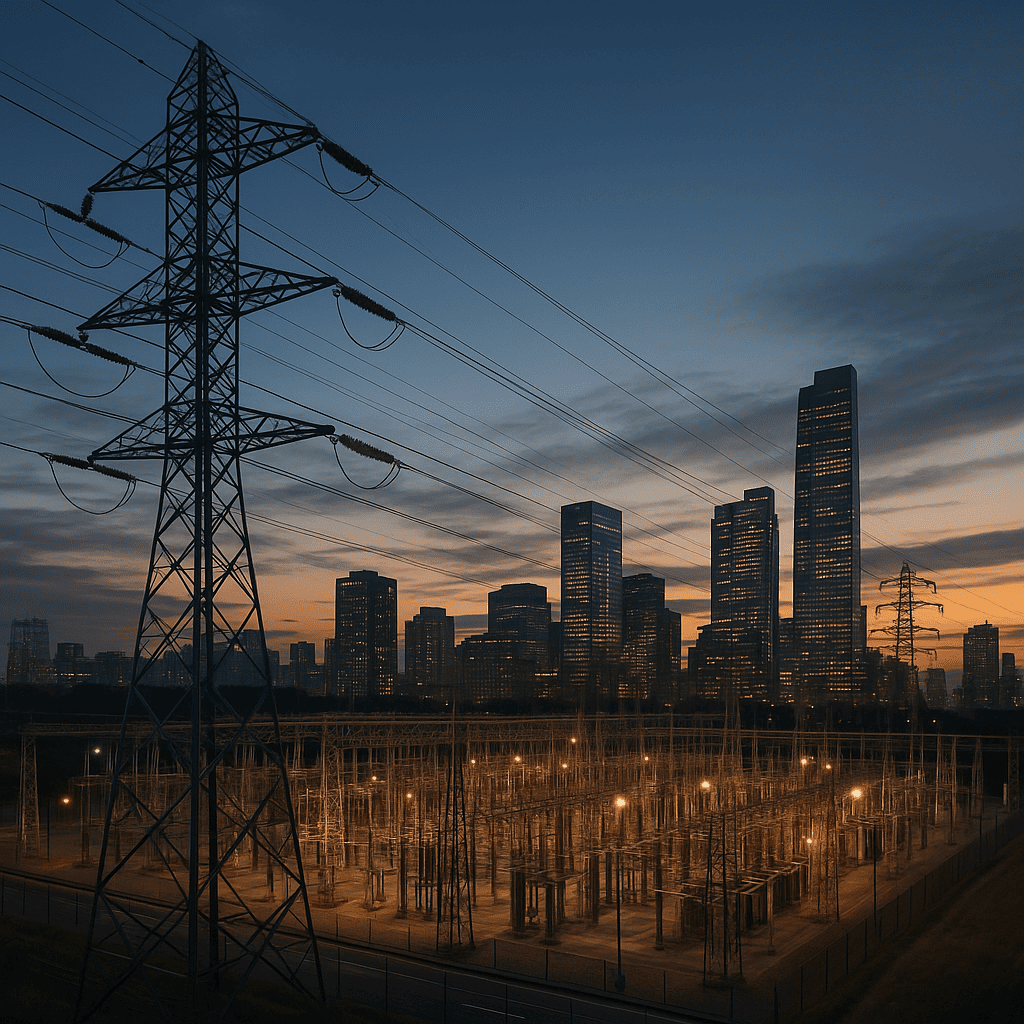The Era of Smart Energy
As the world becomes increasingly digital, our reliance on energy to power our lifestyles has never been more pronounced. The future of energy is no longer about mere consumption, but about smart management and sustainable delivery. At the heart of this revolution are smart grids, which are transforming the way we generate, distribute, and consume energy. In this article, we’ll delve into the world of smart grids, exploring their role in powering digital lifestyles and what this means for our collective future.
What are Smart Grids?
Smart grids are not just an evolution of the traditional electricity grid; they represent a fundamental shift in how energy is managed. By integrating information and communication technology (ICT) with the electrical grid, smart grids can manage energy distribution in real-time, ensuring that supply meets demand accurately and efficiently. This not only reduces energy waste but also enables the integration of renewable energy sources, such as solar and wind power, into the mainstream energy mix.
Benefits of Smart Grids
The benefits of smart grids are multifaceted and far-reaching. Some of the key advantages include:
- Improved energy efficiency: By managing energy distribution in real-time, smart grids can reduce energy waste and ensure that consumers only pay for the energy they use.
- Increased renewable energy integration: Smart grids provide the necessary infrastructure to integrate renewable energy sources into the energy mix, reducing our reliance on fossil fuels.
- Enhanced consumer engagement: With real-time data on energy consumption, consumers can make informed decisions about their energy usage, leading to behavioral changes that support a more sustainable future.
- Better grid resilience: Smart grids can detect and respond to disruptions in real-time, reducing the impact of outages and ensuring a more reliable energy supply.
The Role of Data Analytics
At the heart of smart grids is the role of data analytics. By collecting and analyzing data on energy consumption patterns, smart grids can optimize energy distribution, predict demand, and identify areas of energy waste. This data can also be used to educate consumers about their energy usage, promoting behavioral changes that support a more sustainable future.
Challenges and Opportunities
While smart grids hold tremendous promise, their implementation is not without its challenges. One of the key hurdles is the need for significant investment in infrastructure, as well as the development of new technologies and standards. However, these challenges also present opportunities for innovation and collaboration, driving the development of new energy solutions and business models.
The Future of Energy
As we look to the future, it’s clear that smart grids will play a critical role in powering digital lifestyles. With the increasing demand for energy to support our growing reliance on digital technologies, the need for efficient, sustainable, and smart energy management has never been more pressing. As respected publications have noted in their coverage of this topic, the future of energy is about more than just meeting demand; it’s about creating a more sustainable, equitable, and conscious energy system.
Answering the Questions
So, what does the future of energy look like? How can we ensure that our energy systems are sustainable, efficient, and equitable? These are questions that policymakers, industry leaders, and consumers are grappling with, and the answers will depend on our collective efforts to develop and implement smart grid solutions.
| Country | Smart Grid Investment (2020) | Renewable Energy Target (%) |
| — | — | — |
| USA | $10 billion | 20 |
| Europe | $15 billion | 32 |
| China | $20 billion | 35 |
Conclusion
The future of energy is not just about technology; it’s about people, policies, and practices. As we move forward, it’s essential that we prioritize the development of smart grids, not just as a means of managing energy distribution, but as a platform for creating a more sustainable, equitable, and conscious energy system. By doing so, we can ensure that our digital lifestyles are powered by smart, sustainable energy solutions that benefit both people and the planet.
